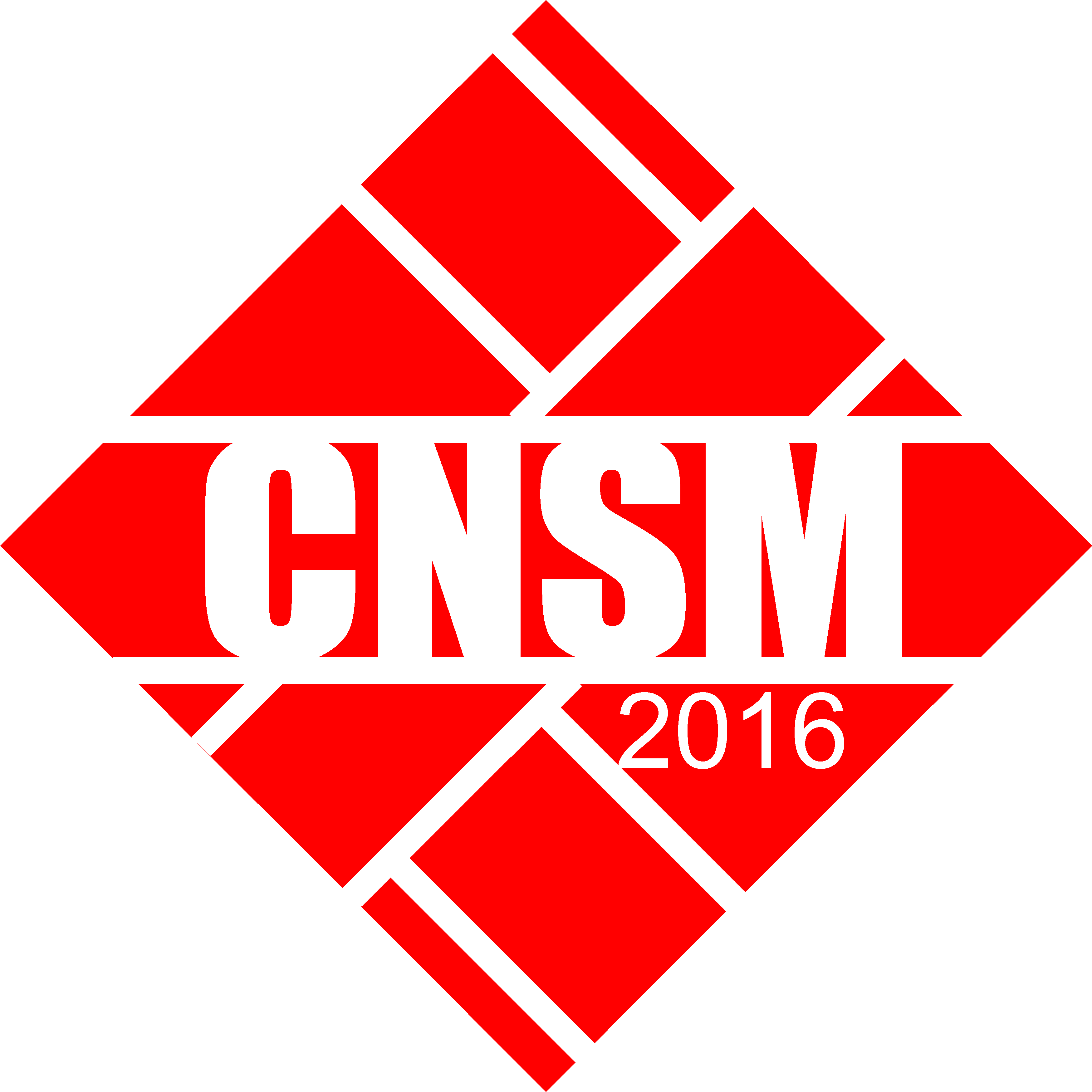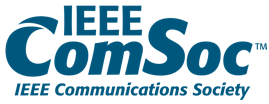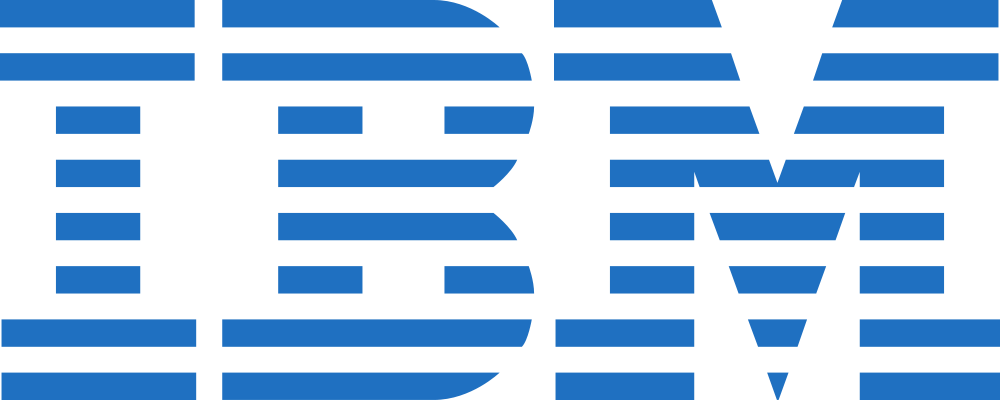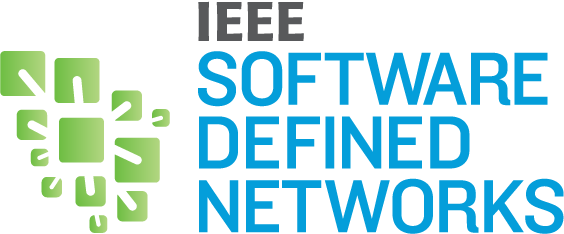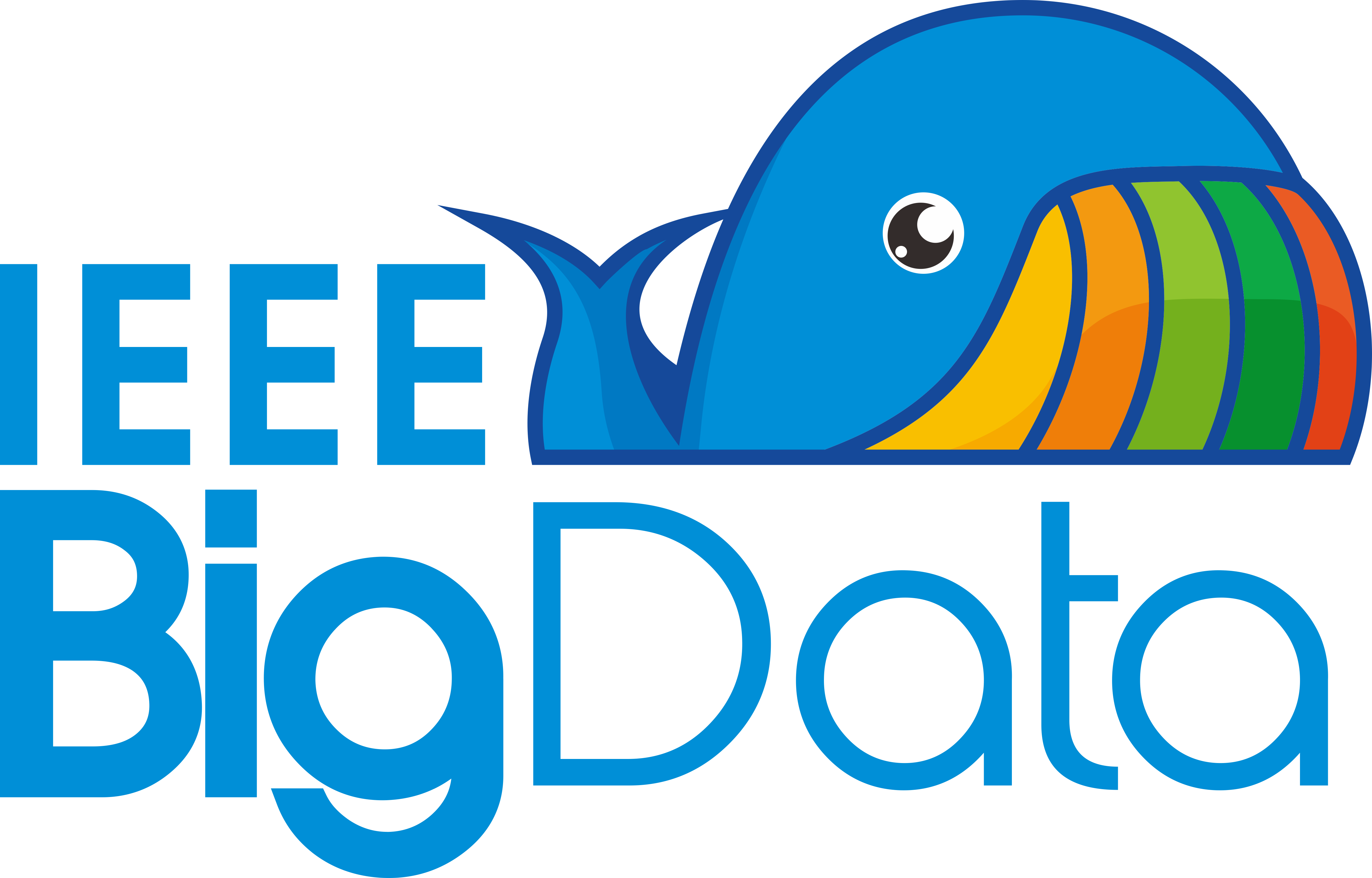CNSM 2016 Keynote Talks
Keynote Session 1
Title: The Zero Touch Network
Speaker: Bikash Koley, Distinguished Engineer and Director, Network Architecture, Engineering and Planning, Google Inc., USA
Date:
November 1st, 2016, 09:00 - 10:00 AM
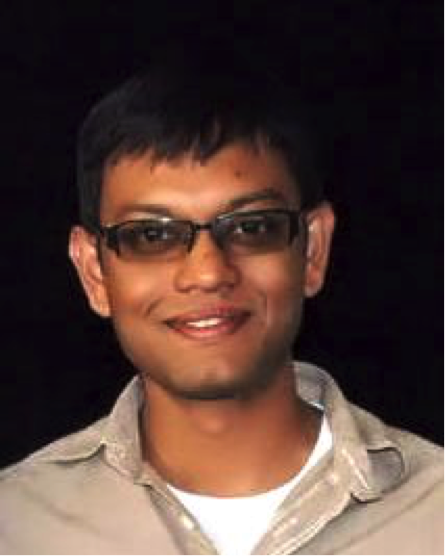
Bio: Bikash Koley is a Distinguished Engineer and Director of Network Architecture, Engineering and Planning at Google. Bikash is responsible for designing and building out the global network infrastructure, spanning data-centers, backbones, optical and content delivery layers, that fuels every Google application and Google Cloud Platform. His team oversees Google's software defined networking evolution, network technology strategy, networking research and innovation as well as scaling and operation of the network infrastructure, enabling ubiquitous programmability and very high reliability. Bikash’s responsibilities also include network modeling, measurement, analysis, optimization and planning. Prior to Google, Bikash was the CTO of Qstreams Networks, a company he co-founded. He also spent several years at Ciena Corporation in various technical roles developing DWDM and Ethernet technologies. Bikash is a frequent speaker in conferences and industry forums. He has published many research papers and received 10+ patents related to networking technologies. He received a BTech from IIT, India; and MS and PhD degrees from the University of Maryland at College Park, all in Electrical Engineering.
Abstract: Large scale content and cloud infrastructure providers strive to offer the highest level of availability across the infrastructure stack. This however is not an easy feat given the fast pace of technology evolution, infrastructure expansion and global reach. Google’s network infrastructure has been built to achieve scale, efficiency and very high reliability by following a set of key architectural principles, which we refer to as the “zero touch network”. Failures do happen in any global scale network infrastructure such as Google’s. By analyzing past failures, we found that a large number of them happened when a network management operation was in progress. To minimize such failures, we have built a network infrastructure where all network operations are automated, requiring no additional steps beyond the instantiation of intent. The network infrastructure is fully declarative and changes applied to individual network elements are derived by the network infrastructure from the high-level network-wide intent. Any network changes are automatically halted and automatically rolled-back by the management infrastructure if the network displays unintended behavior. Finally, the infrastructure does not allow operations which violate network policies.
While it might be tempting to limit the rate at which the network evolves to minimize risk of network failures, we have internally come to the opposite conclusion. In a zero-touch-network, continuous incremental evolution results in a more robust infrastructure rather than in-frequent large changes.
Keynote Session 2
Title: Scaling IoT Up, Down and Out
Speaker: Prof. Henning Schulzrinne, Levi Professor of Computer Science, Columbia University, USA
Date: November 2nd, 2016, 09:00 - 10:00 AM

Bio: Prof. Henning Schulzrinne, Levi Professor of Computer Science at Columbia University, received his Ph.D. from the University of Massachusetts in Amherst, Massachusetts. He was an MTS at AT&T Bell Laboratories and an associate department head at GMD-Fokus (Berlin), before joining the Computer Science and Electrical Engineering departments at Columbia University. He served as chair of the Department of Computer Science from 2004 to 2009, as Engineering Fellow at the US Federal Communications Commission (FCC) in 2010 and 2011, and as Chief Technology Officer and Technical Advisor at the FCC from 2012. He has published more than 250 journal and conference papers, and more than 70 Internet RFCs. Protocols co-developed by him, such as RTP, RTSP and SIP, are now Internet standards, used by almost all Internet telephony and multimedia applications. His research interests include Internet multimedia systems, ubiquitous computing, and mobile systems. He is a Fellow of the ACM and IEEE, has received the New York City Mayor's Award for Excellence in Science and Technology, the VON Pioneer Award, TCCC service award, IEEE Region 1 William Terry Award for Lifetime Distinguished Service to IEEE, the UMass Computer Science Outstanding Alumni recognition and is a member of the Internet Hall of Fame.
Abstract: The Internet of Things (IoT) is not all that interesting at small scale - a home thermostat consisting of a microprocessor connecting to BlueTooth or WiFi hardly requires technological breakthroughs in computer science and networking. However, the challenges become more interesting as IoT scales up to include smart phones, scales down to long-lived devices that may be energy-constrained and scales out to tens of thousands of nodes, e.g., when instrumenting a large commercial building. For scaling up, we need to consider smartphones and similar devices as integral components of sensor-based systems, including the impact on privacy. For scaling down, energy-efficient wide-area coverage may offer new opportunities. For scaling up, securing, managing and prototyping large numbers of nodes exposes the weak points in our existing IP-based infrastructure. For example, classical techniques for managing credentials and access rights are unlikely to work well, so we have worked on inverting the standard model for device authentication. Diagnosing network conditions has to move beyond expert guidance as many of these networks are going to be managed by mechanical engineers and HVAC technicians, not system administrators writing Perl scripts querying SNMP counters. As an example, I will discuss our WiSlow diagnostic system. Scaling up also requires the ability to plan, simulate and emulate deployments before a building has been completed, motivating our current work on SECE (Sense Everything Control Everything). Finally, computation will likely move between many more locations, from the IoT device itself to opportunistically-available computational resources to traditional cloud infrastructure.
Keynote Session 3
Title: CORD: Central Office Re-architected as a Datacenter
Speaker: Larry Peterson, Chief Architect and Board Member, ON.LAB, USA
Date: November 3rd, 2016, 09:00 - 10:00 AM

Bio: Larry Peterson comes to ON.Lab from Princeton, where he was the Robert E. Kahn Professor of Computer Science and Director of the Princeton-hosted PlanetLab Consortium. He served as chair of the CS Department from 2003-2009. In 2007, Peterson co-founded CoBlitz LLC to commercialize CDN technology developed on PlanetLab. CoBlitz was acquired by Veriue Inc. in 2010, and subsequently by Akamai in 2012. Peterson is co-author of the best-selling networking textbook Computer Networks: A Systems Approach (5e), and chaired the initial planning efforts that led to NSF’s GENI Initiative. His research focuses on the design and implementation of networked systems. Some of his recent projects and papers can be found here. Peterson is a former Editor-in-Chief of the ACM Transactions on Computer Systems, was on the Editorial Board for the IEEE/ACM Transactions on Networking and the IEEE Journal on Select Areas in Communication, and served as program chair for SOSP, NSDI, and HotNets. Peterson is a member of the National Academy of Engineering, a Fellow of the ACM and the IEEE, and the 2010 recipient of the IEEE Kobayahi Computer and Communication Award. He received his Ph.D. degree from Purdue University. Check out www.cs.princeton.edu/~llp for more information.
Abstract: CORD is a new design of a Telco Central Office that replaces closed and proprietary hardware with software running on commodity servers, switches, and access devices. It allows network operators to benefit from both the economies of scale (infrastructure constructed from a few commodity building blocks) and agility (the ability to rapidly deploy and elastically scale services) that commodity cloud providers enjoy today. This talk outlines the motivation for CORD, introduces its architecture, and describes an open reference implementation of that is available for evaluation.
Mini-Conference Keynote
A Modern Interface for Managing Compute, Storage and Network Platforms
Speaker: John Leung, Vice President of Alliances, DMTF Inc.
Date:
October 31st, 2016, 09:00 - 10:00 AM

Bio: John Leung has worked in the computer industry architecting, designing and coding, for over 34 years. Prior to joining Intel in 1995, John worked 10 years at two successful startups in Silicon Valley: Sun Microsystems and Auspex Systems. John is a graduate from the California Institute of Technology with a BS in Engineering & Applied Science. After Caltech, John worked at the Jet Propulsion Laboratory, McDonnell Douglas and Logicon. At JPL, John researched and published findings from analyzing the telemetry transmitted by the Pioneer 12 Venus Orbiter. At Logicon, John worked on space-based battle management algorithms for the Strategic Defense Initiative, Currently, he is a system manageability architect in Intel's datacenter group and is responsible for the manageability architecture of Rack Scale Design platforms. John has been a member of the DMTF standards body since 2004. He participates in both the Common Information Model (CIM) working groups and the Redfish Forum (SPMF). John has been involved with Redfish since its inception and currently co-chairs multiple Redfish subgroups. John has authored and contributed to over 40 DMTF specification. Currently, John is the VP of Alliances office on the DMTF Board and co-chairs the CIM Profiles for Platforms and Services working group.
Abstract: The Distributed Management Task Force (DMTF) standards organization has hosted academic workshop on manageability for several years. These workshops were conceived to recognize and illuminate research in system, virtualization, and distributed management. At the time, one of the DMTF's key technologies, the Common Information Model (CIM), had brought forth an abundant inventory of open source tools and implementations, which researchers could select, modify and extend for their own needs. Recently, the DMTF has released Redfish™, a modern RESTful interface, for managing compute, storage and network platforms and services. The simplicity and familiar tool-chain of Redfish has driven its acceptance by the manageability ecosystem. The presentation will provide a brief overview of DMTF and its technologies, before focusing on the Redfish and the open source tools available which researchers can use to extend the interface in exploring new areas of network and service management.








